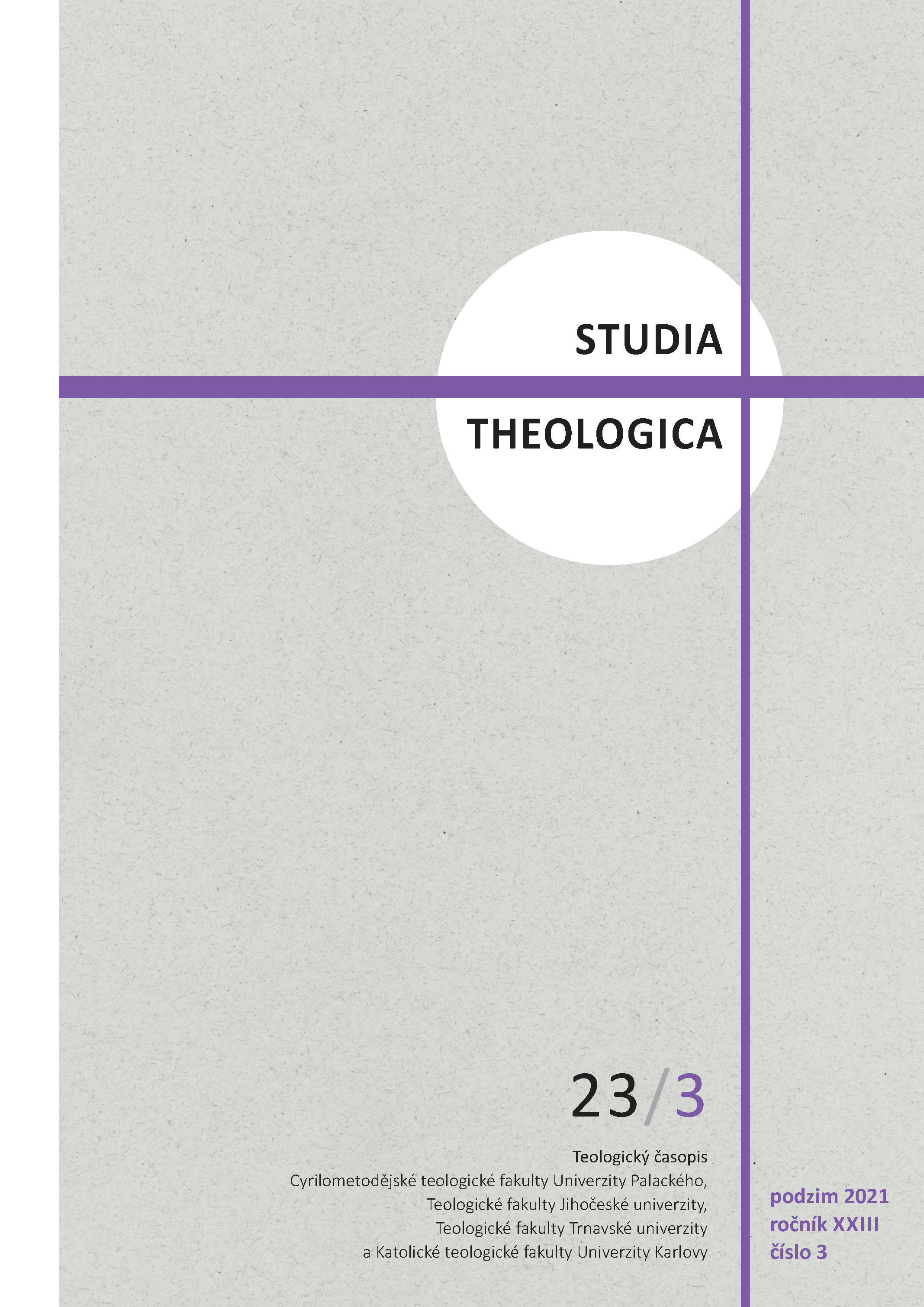Mojžišova smrť podľa Gregora z Nyssy
The Death of Moses according to Gregory of Nyssa
(Life of Moses II, 305‒321)
Author(s): Helena PanczováSubject(s): Theology and Religion, History of Religion
Published by: Univerzita Palackého v Olomouci
Keywords: Moses; Death; Deuteronomy; Promised Land;Image of God in Humans;
Summary/Abstract: Gregory develops three biblical passages which prove Moses’ perfection. (1) The circumstances of Moses’ death were unusual: there were no traces of corruption by age on his body and his grave does not exist. Gregory connects both phenomena with the main theme of the renewal of the image of God in human, i.e. with life in accordance with virtue. In the main part of the work, this process was presented on the psychic and spiritual level. With the death of Moses, one can glimpse the consequences for the body. The non existence of the grave has a similar meaning as other expressions of the renewal of God’s image: getting rid of the garment of skin, shoes of skin or washing off mud. The absence of a grave is proof of Moses’ success. (2) Another sign of Moses’ perfection is that he was “God’s friend”. This term comes from an episode during the theophany on Sinai, which is the basis of Gregory’s exposition on epectasis in the central part of the Life of Moses. In the final part, Gregory takes up the idea about love as the motive power of epectasis. (3) The fact that Moses did not enter the Promised Land is additional proof of his spiritual advanced state. Moses and Israel come into a kind of opposition: the one aims ‘upwards’ to God, the other to the Promised Land. What they differ in, however, is not their aim, but motivation. Israel follows God in hope of a reward, while Moses, on the same journey, is motivated by love.
Journal: Studia theologica
- Issue Year: XXIII/2021
- Issue No: 3
- Page Range: 61-80
- Page Count: 20
- Language: Slovak

